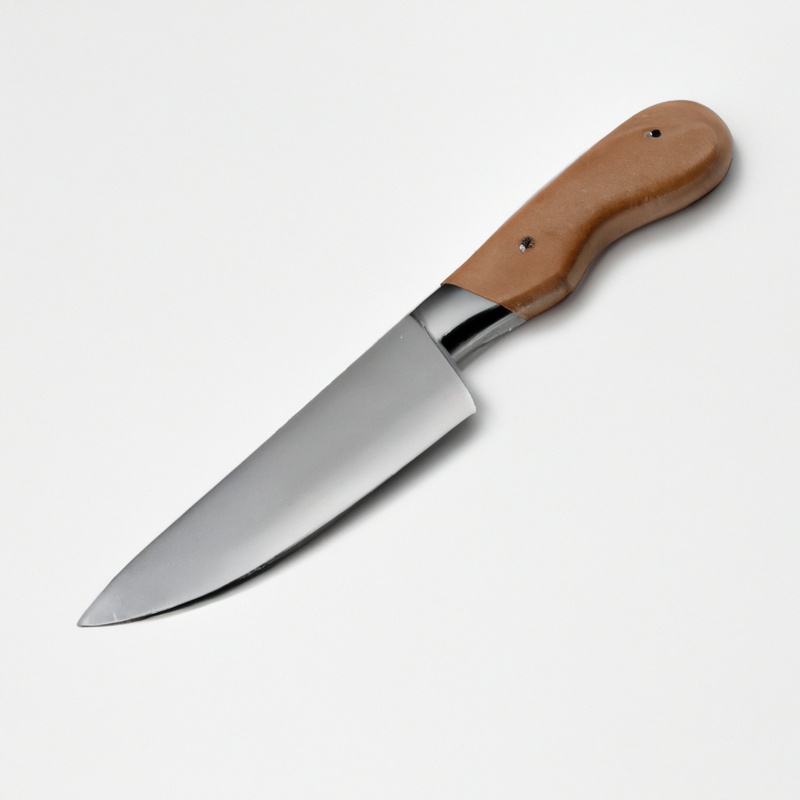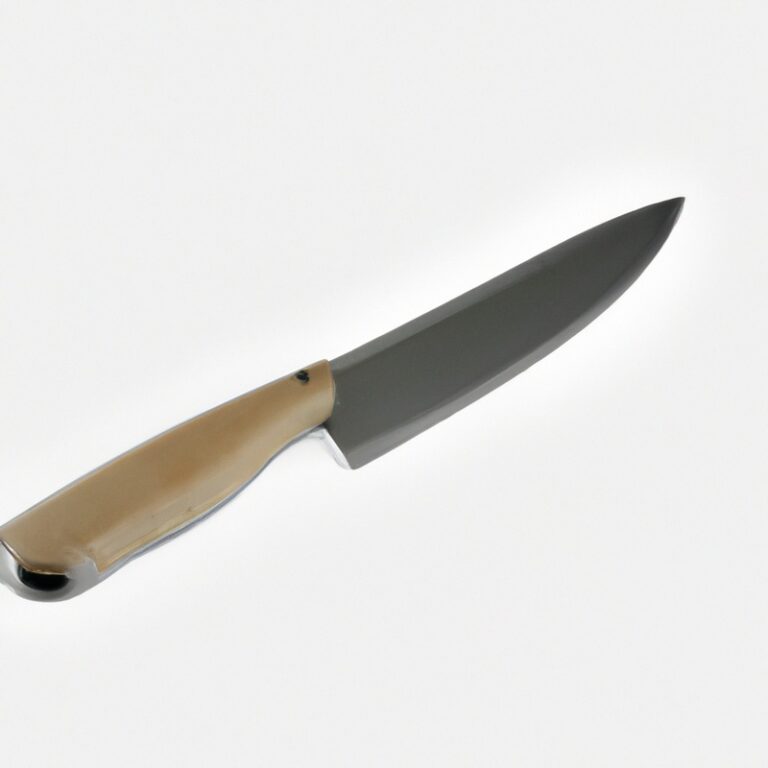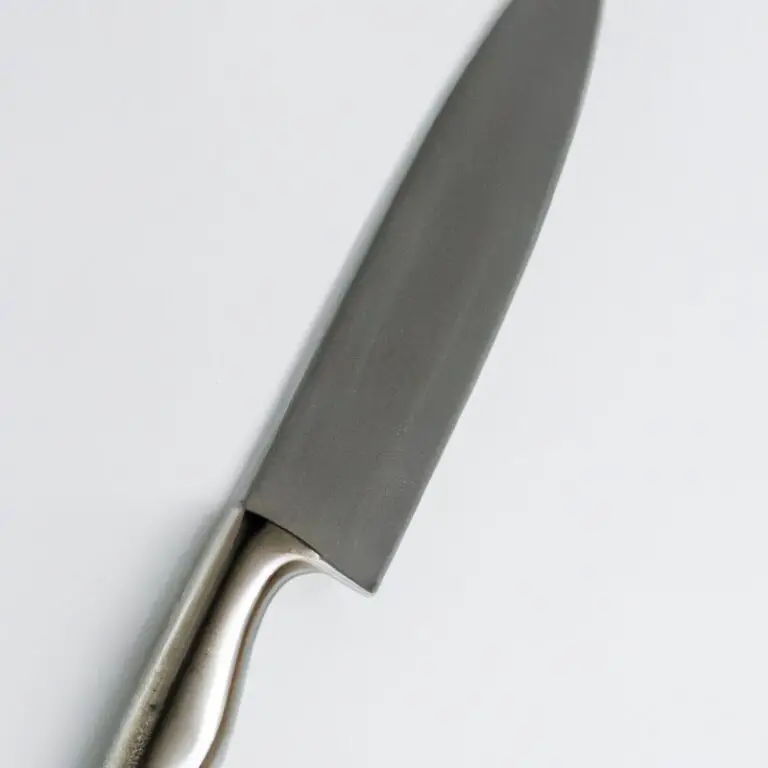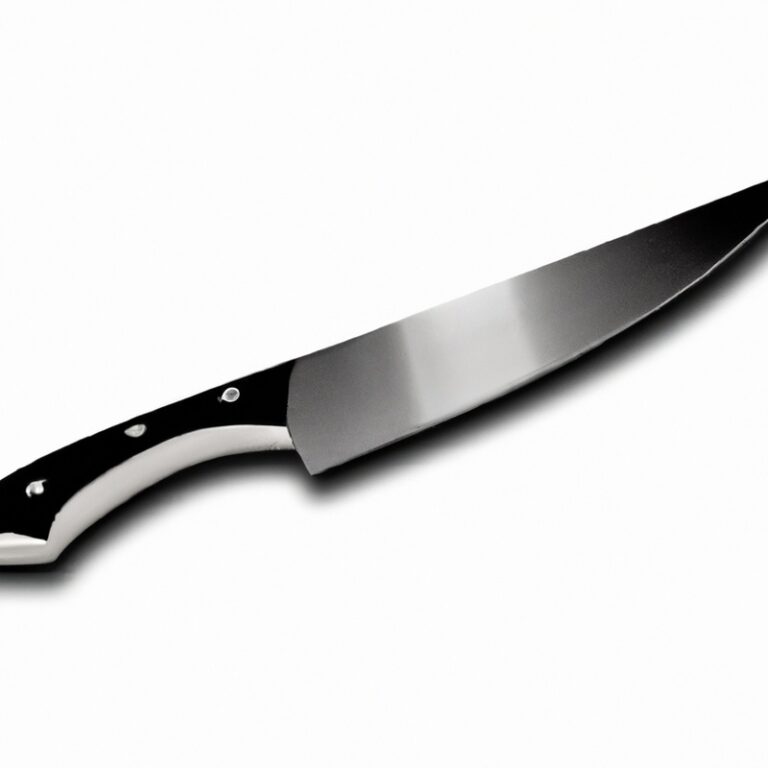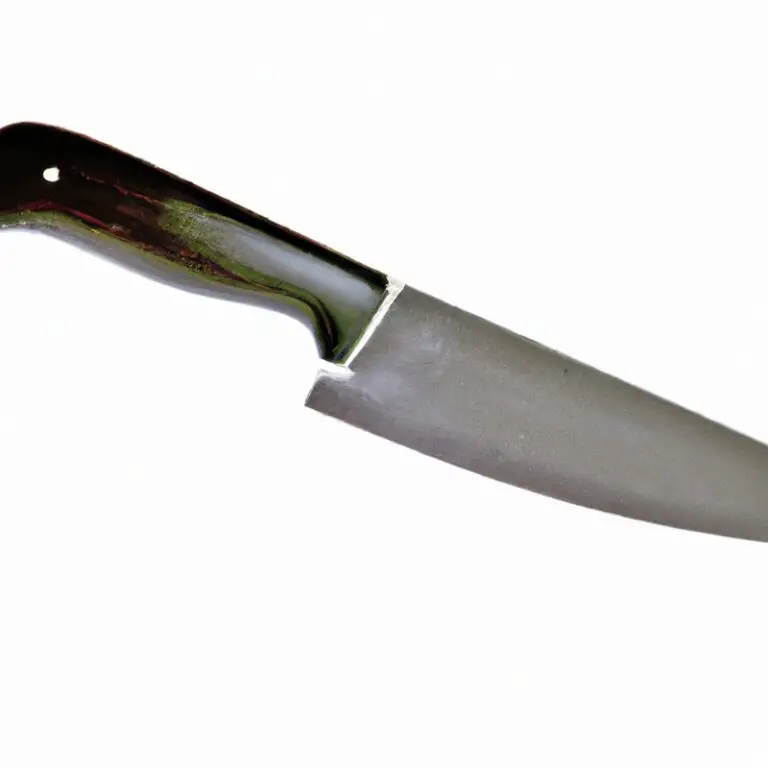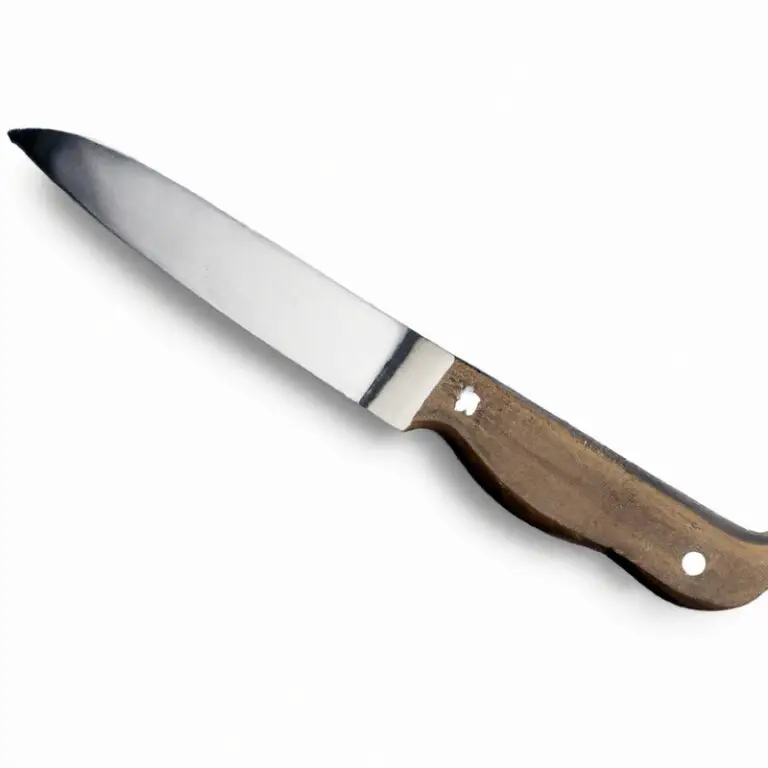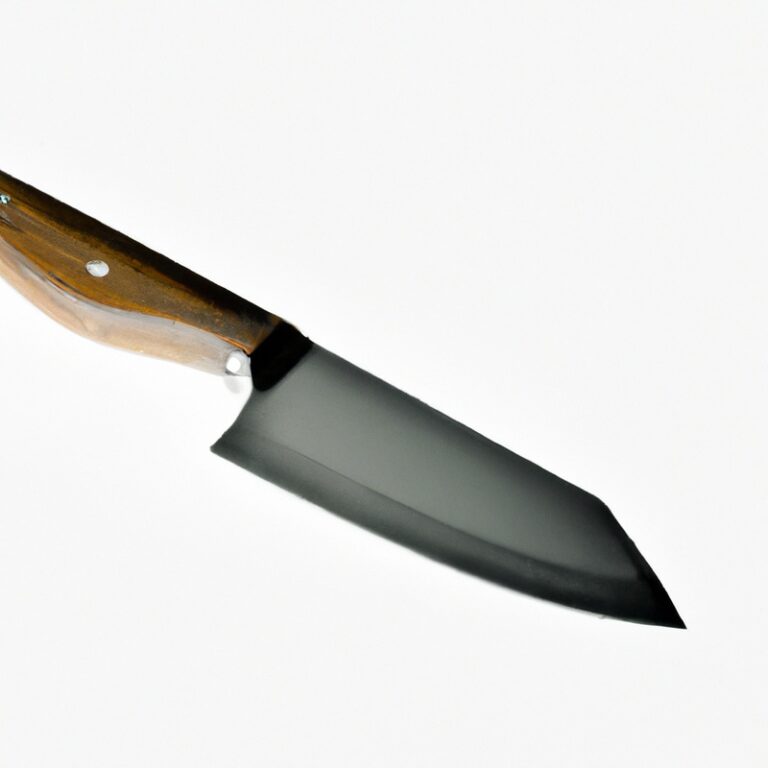How To Fillet a Mahi-Mahi Using a Fillet Knife? Expert Tips
Key Takeaways:
- Use a sharp fillet knife with a flexible blade to make precise cuts and minimize waste.
- Begin by making an incision behind the gills and cut down towards the backbone, following the natural contour of the fish.
- Use a gentle sawing motion to separate the fillet from the backbone, keeping the blade close to the bones to remove as much meat as possible.
- Practice proper safety techniques when handling the knife and removing the skin, such as keeping your fingers clear and using a non-slip surface.
Looking to become an expert at filleting a mahi-mahi using a fillet knife? You’ve come to the right place! As a seasoned seafood enthusiast, I know firsthand how intimidating this task can seem at first.
But with the right tools and techniques, filleting a fish can be a satisfying and rewarding experience.
In this article, I’ll guide you through each step of the process, from sharpening your knife to cleaning your fillet. With a little practice, you’ll be filleting fish like a pro in no time.
So let’s dive in!
| Steps to Fillet a Mahi-Mahi |
|---|
| 1. Remove the scales from the fish using a fish scaler or the back of a knife. |
| 2. Cut off the head of the fish just behind the gills. |
| 3. Insert the fillet knife at the top of the fish, just behind the gills, and make a cut along the top of the fish’s spine towards the tail. |
| 4. Turn the fish over and repeat Step 3 on the other side of the fish. |
| 5. Hold the fish by the head and use the fillet knife to separate the meat from the bones, starting at the head and working towards the tail. |
| 6. Use the knife to remove the skin from the fillet. |
| 7. Repeat Step 5 and Step 6 for the other side of the fish. |
Sharpening your fillet knife
A sharp fillet knife is essential for the clean and precise cuts needed when filleting a fish. To sharpen your fillet knife, start by honing the edge with a sharpening steel or honing stone before each use.
Sharpen the blade using a sharpening stone or an electric sharpener when necessary, following the manufacturer’s instructions.
Remember to keep the blade at the correct angle while sharpening. A dull blade can make the filleting process more difficult and even dangerous, as you have to apply additional force and the knife could slip.
Make sure to sharpen your fillet knife regularly to maintain its effectiveness.
Washing and gutting the mahi-mahi
Before filleting a mahi-mahi, it’s essential to properly wash and gut the fish. To begin, rinse the fish under cold running water to remove any dirt and debris.
Next, use a sharp knife to make a shallow cut around the base of the gills and pull them out gently.
Turn the fish over and make an incision along the underside towards the tail, being careful not to puncture any internal organs. Reach inside and pull out the guts, then rinse the inside cavity thoroughly with cold running water.
Use your fingers to remove any remaining blood clots, and pat the fish dry with a paper towel.
Once the fish has been washed and gutted, it is ready to be filleted.
Preparing the cutting surface
Before you start filleting a mahi-mahi, it’s crucial to prepare the cutting surface. To avoid accidents and wasted time, it’s best to use a cutting board that is flat, sturdy, and won’t slip around.
A good option is a plastic cutting board since it’s easy to clean and will prevent bacteria from accumulating.
Once you have your cutting board, place it on a flat surface, and make sure it’s at a comfortable height. Avoid placing the board on an uneven surface, like the edge of a kitchen countertop, as it may cause it to shift during the filleting process.
For a smoother and easier filleting experience, also make sure your fillet knife is sharp.
Dull knives can lead to slipping and uneven cuts, so always sharpen your knife before you begin.
Cutting off the head and tail
To start filleting a Mahi-Mahi, the head and tail have to be removed. Using a sharp fillet knife, make an incision at the base of the head, behind the gills, and continue it downwards until the spine.
Turn the fish and repeat the same process on the other side.
After removing the head, cut off the tail by sliding the knife under the skin and against the spine until the cut reaches the backbone. This step is crucial as it provides an easy starting point for filleting the fish.
Cutting the fillet along the spine
To cut the fillet along the spine of the mahi-mahi, use the tip of your fillet knife to make a shallow cut down the length of the spine, starting at the head and ending at the tail. Then, insert the blade of the fillet knife at the top end of the fish, near the head, and carefully slice along the spine, keeping the blade as close to the bones as possible.
Use your other hand to gently pull the fillet away from the spine and continue cutting until the fillet is completely separated from the fish.
Repeat the same process on the other side of the fish to get the second fillet. Be patient and take your time to avoid wasting meat or injuring yourself with the sharp blade.
Removing the skin from the fillet
To remove the skin from the mahi-mahi fillet, place the fillet skin-side down on the cutting surface. Hold the tail-end of the fillet with one hand or use a paper towel for a better grip.
Insert the tip of the fillet knife between the skin and the flesh at the base of the tail-end.
Angle the knife blades towards the skin and begin to gently slice, keeping the blade close to the skin to remove as little flesh as possible. Wiggle the blade as needed to loosen any resistance.
Work your way up the fillet, applying gentle pressure to the skin as you go.
Once you have removed the skin, discard it and repeat the process with the other fillet.
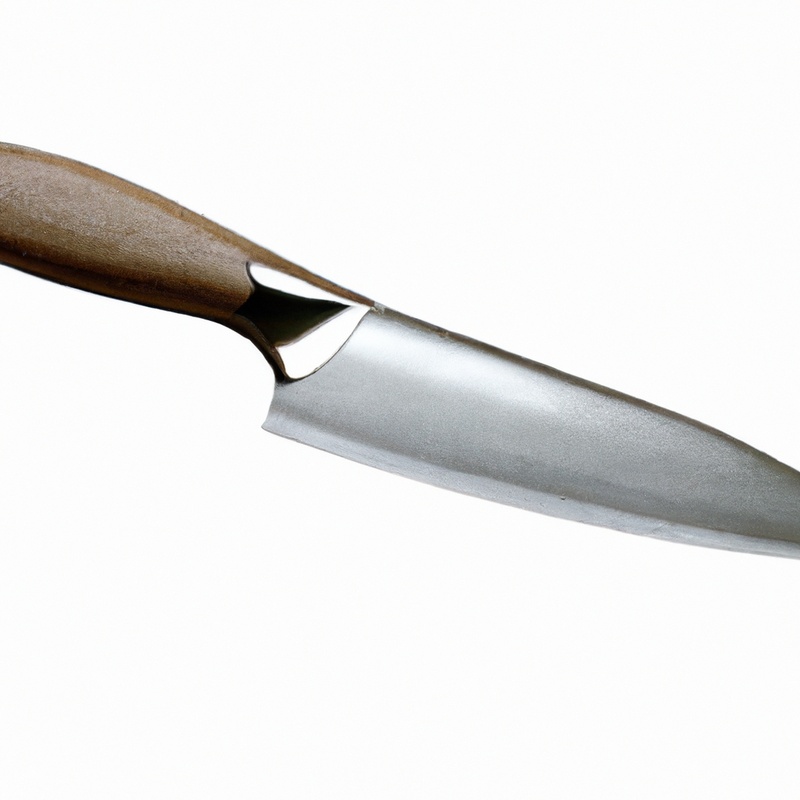
Trimming the fillet
After removing the skin from the fillet, the next step is to trim off any excess fat, belly meat, or small bones. Some people prefer to trim their fillet before removing the skin, but it’s a matter of preference.
To trim the fillet, place it on the cutting board with the flesh side up and use a sharp fillet knife to cut away any unwanted parts.
Work slowly and carefully, following the natural curve of the fish to avoid losing too much meat. Use your fingers to feel for any remaining bones, and remove them with tweezers or pliers.
Once the trimming is complete, your mahi-mahi fillet is ready to cook or store.
Checking for bones in the fillet
After trimming the fillet, it is important to check for any remaining bones. Run your finger along the fillet to feel for small bones and remove them with a pair of tweezers or pliers.
Alternatively, hold the fillet up to a light source to identify any remaining bones that may have been missed.
It’s crucial to ensure that the fillet is free from bones to avoid any choking hazards. Take your time to carefully inspect the fillet and remove any bones before serving or storing.
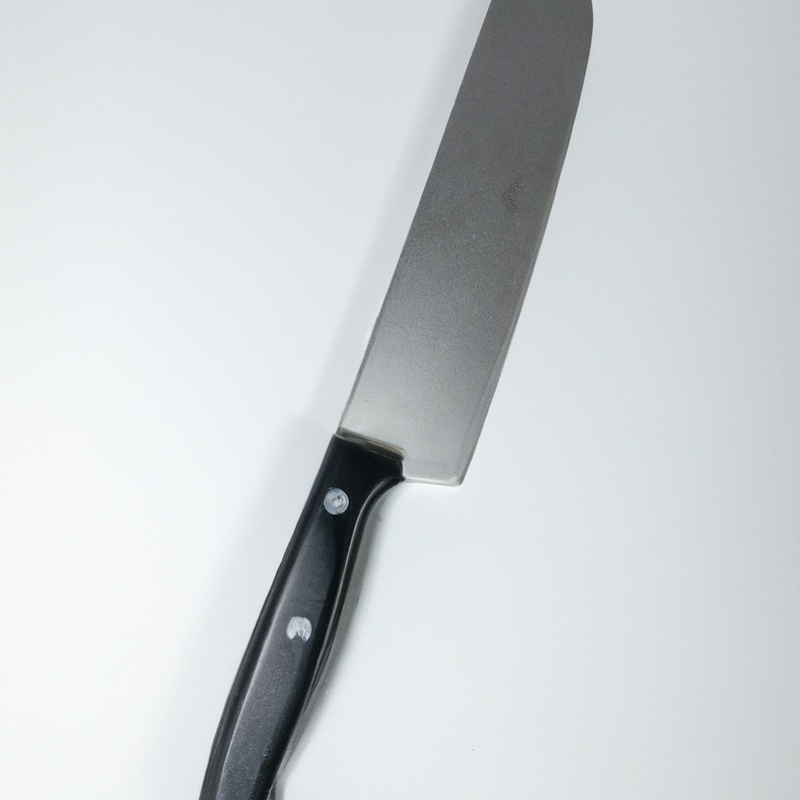
Repeat on other side of the fish
Once you have successfully filleted one side of the mahi-mahi, it’s time to repeat the process on the other side of the fish. Turn the fish over and repeat the same steps, starting with cutting off the head and tail and ending with checking for any remaining bones in the fillet.
Remember to keep your cuts as close to the bones as possible for maximum yield and minimal waste.
Once both sides are filleted, you can properly clean and store your fillet knife for future use. Following these steps will ensure that you have two perfect fillets of mahi-mahi that are ready to be cooked and enjoyed.
Properly cleaning the fillet knife
After filleting the mahi-mahi, it’s essential to clean your fillet knife properly. Failing to do so can affect the knife’s durability and performance and may lead to rust, corrosion, or even bacterial growth.
To clean your fillet knife, rinse it under running water, use a mild detergent, and a soft-bristled brush to scrub off any debris or fish residue.
Avoid using hot water, harsh chemicals, or abrasive scrubbers as they can damage the knife’s surface or remove its protective coating. Dry the knife with a clean cloth and store it in a dry and ventilated place, preferably in a knife sheath or blade guard.
With proper maintenance and care, your fillet knife will last longer and perform better while ensuring food safety and hygiene.
Final Verdict
Learning how to fillet a mahi-mahi using a fillet knife can seem daunting at first, but with practice and patience, this process can become second nature. By following the steps outlined in this guide, you can confidently prepare a delicious fillet of mahi-mahi for your next meal.
Remember to always prioritize safety by maintaining a sharp and clean fillet knife and working on a secure cutting surface.
With these tips, you will be able to impress your guests with your culinary skills and enjoy the unbeatable taste of freshly prepared fish. Keep practicing and perfecting your technique, and soon you will be filleting like a pro.

